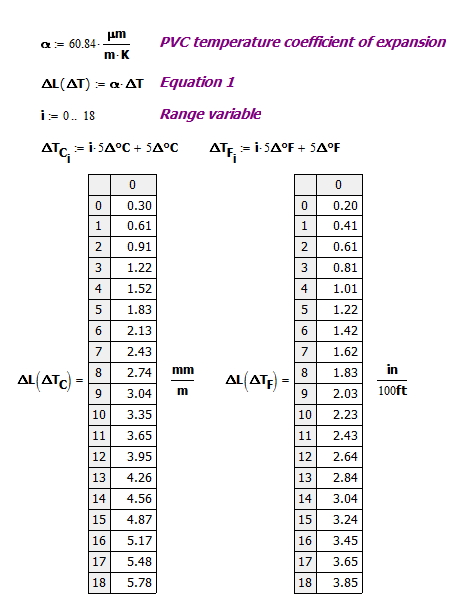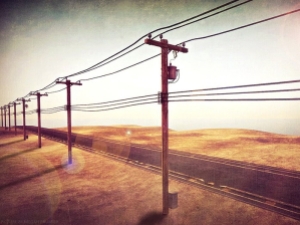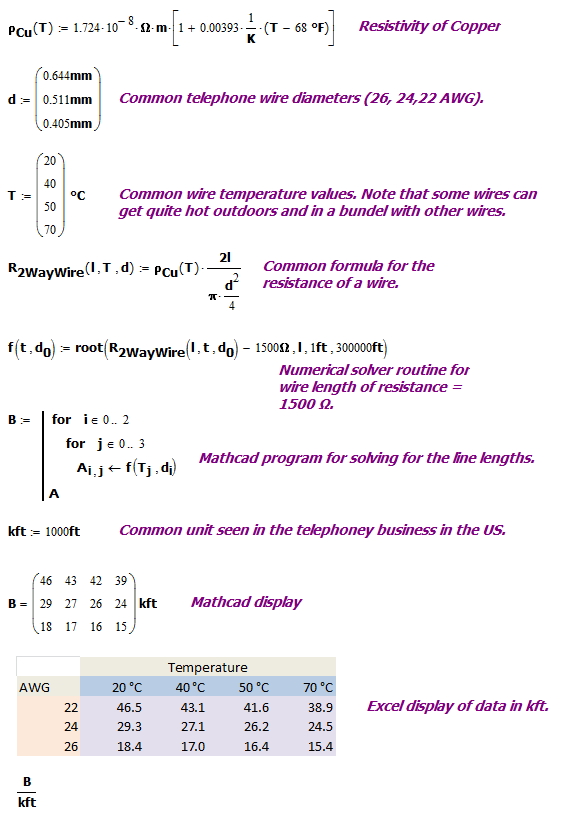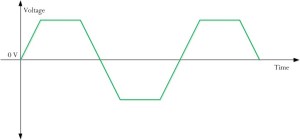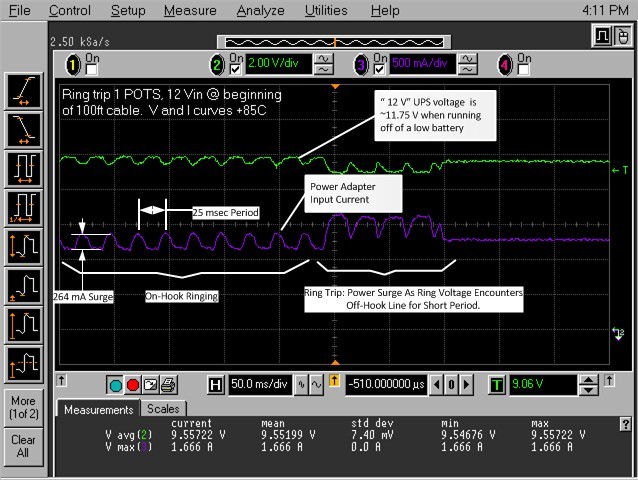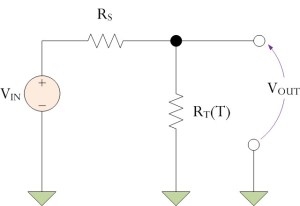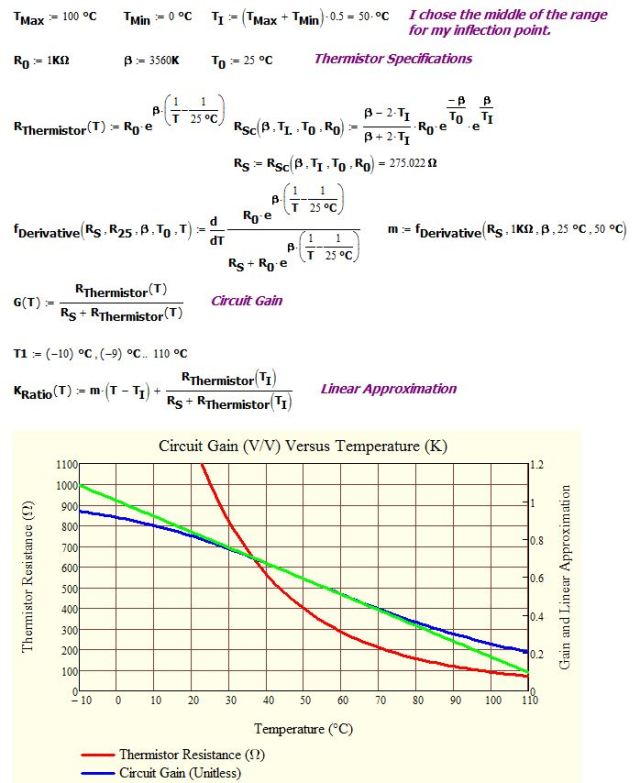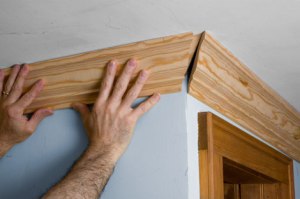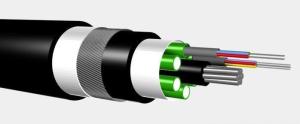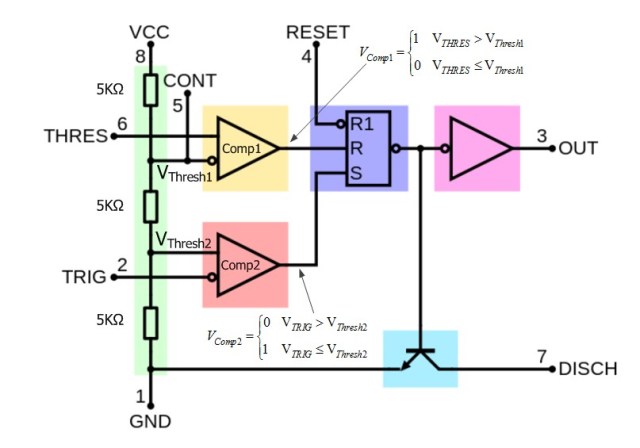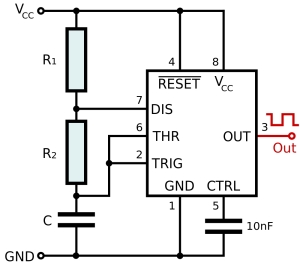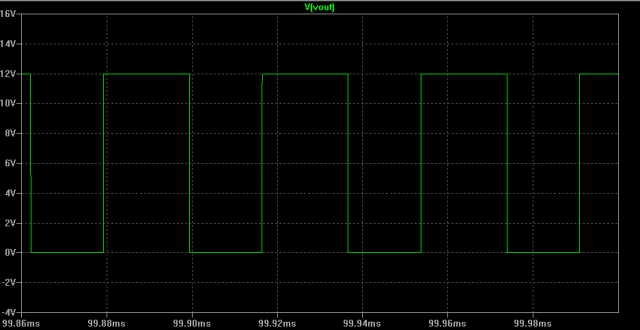Quote of the Day
Far better an approximate answer to the right question, which is often vague, than an exact answer to the wrong question, which can always be made precise.
— John Tukey
Introduction
I live in Minnesota -- where winter temperatures can be as low as -36 °C (-33 °F) and summer temperatures can be as hot as 38 °C (100 °F). Because most things expand when our days get hotter, we occasionally have things like doors and windows that are too tight in the summer and too loose in the winter. Today, I encountered a PVC pipe that was installed during the heat of last summer and it had ripped itself free of its mounting brackets during the cold of winter. Of course, it is summer now and the pipe is back to its installed length. I was asked by an electrical equipment installer today how much length variation should he plan for when using PVC pipe outdoors. It turns out the National Electrical Code (NEC) actually has a table that addresses this question and I will discuss in this post how that table was generated. Let's discuss the answer I gave this installer.
Background
PVC Expansion Table from the NEC
I referred the electrical installer to Table 1, which is from the NEC.
| Temperature Change (°C) | Length Change of PVC Conduit (mm/m) | Temperature Change (°F) | Length Change of PVC Conduit (min/100 ft) | Temperature Change (°F) | Length Change of PVC Conduit (min/100 ft) |
|---|---|---|---|---|---|
| 5 | 0.30 | 5.00 | 0.20 | 105 | 4.26 |
| 10 | 0.61 | 10.00 | 0.41 | 110 | 4.46 |
| 15 | 0.91 | 15.00 | 0.61 | 115 | 4.66 |
| 20 | 1.22 | 20.00 | 0.81 | 120 | 4.87 |
| 25 | 1.52 | 25.00 | 1.01 | 125 | 5.07 |
| 30 | 1.83 | 30.00 | 1.22 | 130 | 5.27 |
| 35 | 2.13 | 35.00 | 1.42 | 135 | 5.48 |
| 40 | 2.43 | 40.00 | 1.62 | 140 | 5.68 |
| 45 | 2.74 | 45.00 | 1.83 | 145 | 5.88 |
| 50 | 3.04 | 50.00 | 2.03 | 150 | 6.08 |
| 55 | 3.35 | 55.00 | 2.23 | 155 | 6.29 |
| 60 | 3.65 | 60.00 | 2.43 | 160 | 6.49 |
| 65 | 3.95 | 65.00 | 2.64 | 165 | 6.69 |
| 70 | 4.26 | 70.00 | 2.84 | 170 | 6.9 |
| 75 | 4.56 | 75.00 | 3.04 | 175 | 7.1 |
| 80 | 4.87 | 80.00 | 3.24 | 180 | 7.3 |
| 85 | 5.17 | 85.00 | 3.45 | 185 | 7.5 |
| 90 | 5.48 | 90.00 | 3.65 | 190 | 7.71 |
| 95 | 5.78 | 95.00 | 3.85 | 195 | 7.91 |
| 100 | 6.08 | 100.00 | 4.06 | 200 | 8.11 |
Linear Expansion Formula
Equation 1 shows a commonly used formula for thermal expansion. This is the formula that was used by the NEC people to generate Table 1. They assumed that for PVC . For comparison, steel has an expansion coefficient of 13 µm/(m·°C).
| Eq. 1 |
where
- ΔL is change in length with temperature.
- ΔT is the change in temperature from the reference temperature.
- α is the temperature coefficient of thermal expansion.
- L is the length of the object at the reference temperature.
I usually base my estimates on the temperature at the time of install. Since most of our products are installed in the heat of the summer, any PVC pipe used does not get too much longer but will get a lot shorter when winter comes.
Analysis
Exact Calculation
Figure 1 shows my calculations that duplicate part of the NEC table. The rest of the table is done similarly. As you can see, the calculations are a straightforward implementation of Equation 1.
Rule of Thumb
I generally do NOT use Equation 1 when I need to estimate the amount of PVC expansion. Because I live in the US, the installers uses inches and °F for length and temperature units, respectively. Using Table 1, notice that 100 feet of PVC changes in length about 4 inches (equals 1 inch over 25 feet of length) over a 100 °F temperature range. Since the thermal expansion formula (Eq. 1) is linear with respect to temperature difference and length, I can write down Equation 2 directly.
| Eq. 2 |
Most of the time, I can approximate this equation in my head by assuming that the length of PVC pipe changes by ~1 inch for every 25 feet of length over a 100 °F temperature change. This rule of thumb is close enough for most of my work.
Conclusion
I frequently encounter problems caused by people failing to account for the changes in material dimensions with temperature (e.g. frost heave). I must admit that I also have forgotten to account for expansion and contraction with temperature with my personal projects. My goal in this post was to show how a rule of thumb for PVC can be developed that is good enough for use in most cases. This process is similar to how other rules of thumb are developed.
The same type of calculations can also explain why vinyl siding (made primarily of PVC) moves so much between winter and summer. For some supporting evidence of my rule of thumb, here is a quote from a home inspection web site on the expansion of vinyl siding.
A 12-foot length will vary in length up to 1/2 inch over a 100°F temperature change.
This statement is similar in form to my Equation 2.

